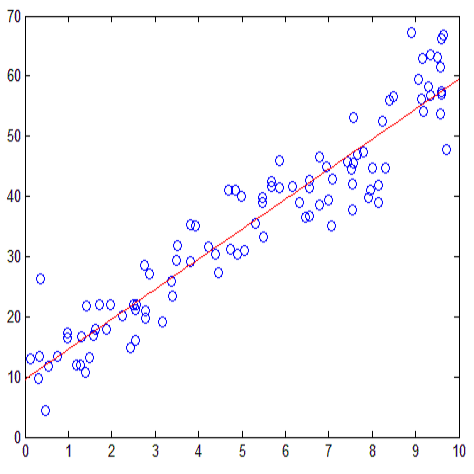The multivariate normal linear model is one of the most widely employed models for statistical inference in applied research. Special cases include (multivariate) t testing, (M)AN(C)OVA, (multivariate) multiple regression, and repeated measures analysis. Statistical procedures for model selection where the models may have equality and order constraints on the model parameters of interest are limited however. This paper presents a default Bayes factor for this model selection problem. The default Bayes factor is based on generalized fractional Bayes methodology where different fractions are used for different observations and where the default prior is centered on the boundary of the constrained space under investigation. First, the method is fully automatic and therefore can be applied when prior information is weak or completely unavailable. Second, using group specific fractions, the same amount of information is used from each group resulting in a minimally informative default prior having a matrix Cauchy distribution, resulting in a consistent default Bayes factor. Third, numerical computation can be done using parallelization which makes it computationally cheap. Fourth, the evidence can be updated in a relatively simple manner when observing new data. Fifth, the selection criterion can be applied relatively straightforwardly in the presence of missing data that are missing at random. Applications for the social and behavioral sciences are used for illustration.
翻译:多变量普通线性模型是应用研究中最广泛采用的统计推断模型之一。特殊案例包括(多变量) t 测试, (M)AN(C)OVA, (多变量) 多重回归和重复测量分析。 模型选择的统计程序是有限的, 模型可能具有平等性, 对模型感兴趣的参数有秩序限制 。 本文为模型选择问题提供了一个默认的贝莱斯系数 。 默认的贝耶斯系数基于通用的分数贝斯方法, 该方法不同部分用于不同的观测, 并且默认的先前部分以调查中受限制空间的边界为中心 。 首先, 方法完全自动, 因此当先前的信息薄弱或完全不可用时可以应用。 其次, 使用集团特定部分, 使用相同数量的信息, 导致最小的信息默认值, 从而形成一个一致的默认 Bayes 系数 。 第三, 数字计算方法可以用平行法进行, 使得计算成本低。 第四, 证据可以在观察新数据时以相对简单的方式更新。 第五, 选择标准可以在缺少的社会科学中相对直接地应用。




